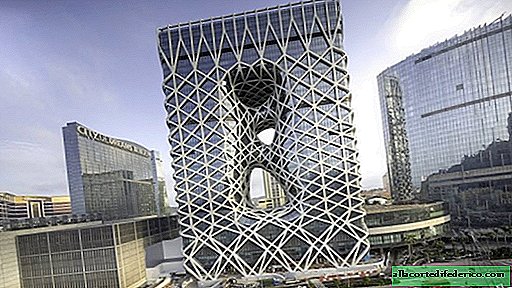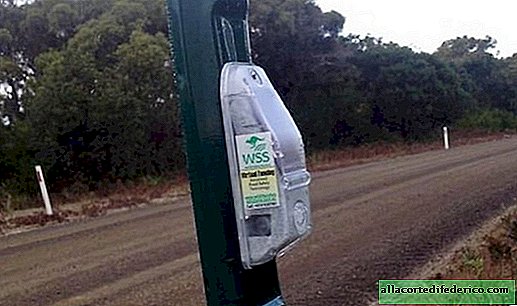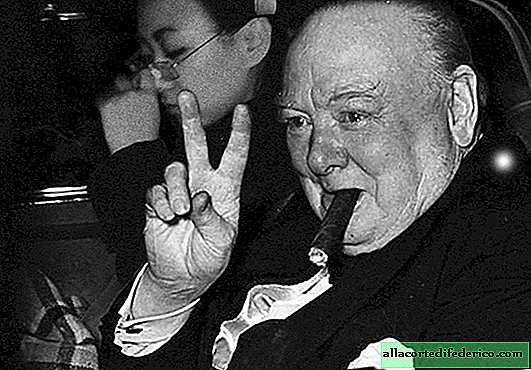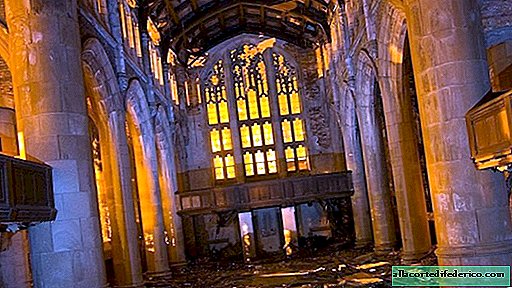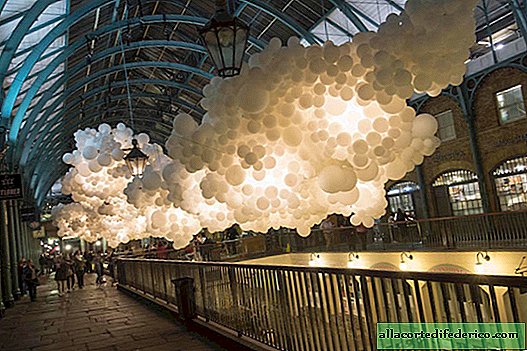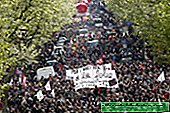Winston Churchill Landscapes: Not Just a Politician
The English statesman Winston Churchill is one of the most respected and revered politicians in the world. His role as Prime Minister of the United Kingdom made him a famous historical figure, but Churchill also stands out for his other talents. He created wonderful landscapes. Painting was a serious passion for politics. Landscapes were a very important part of it.
His political career began around 1900. He became a member of parliament.
Throughout his life, Winston actively participated in all political and military affairs of the United Kingdom, and after 40 years became the Prime Minister of the country. It was at the peak of his political activity, which was extremely difficult, related to conflicts, wars, difficult political and military decisions, that Winston Churchill began to draw. He was 41 years old.
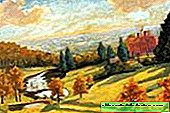 View of Chartwell, 1938
View of Chartwell, 1938The painting "View of Chartwell" depicts a place next to which he lived for almost 40 years. It is located in Kent, South East England. Churchill bought this estate in 1922 and lived in it until his death in 1965. This is a view from the garden of his residence. It was such a landscape before his eyes when he made the most important political decisions.
 Dawn at Cassis, 1920
Dawn at Cassis, 1920Winston drew not only what he knew. An active political life made him travel a lot. During his trips, he always found time for art. Even if he regarded painting as a hobby, he devoted himself to it with all seriousness. Look at this picture depicting the dawn in Cassis. He managed to find wonderful shades of blue and green.
 View of Cairo from the side of the pyramids, 1921
View of Cairo from the side of the pyramids, 1921In the next two works ("View of Cairo from the Pyramids" and "Pyramids"), Winston Churchill managed to convey the light and atmosphere of the place. Clouds and blue sky perfectly match the orange-green hue of the earth.
Churchill noticed that when he draws, he forgets about politics. Even going to the front, he did not forget about the paintings. Commanding a battalion of Scottish shooters, he painted three paintings, being on the line of fire, and one in the rear. In 1916, the politician returned to London. Winston's friends noted in his memoirs that no matter where he stayed, be it a hotel or an apartment, he always set up an art studio.
In 1927, when he was Minister of Finance and visited the royal residence of Balmoral, he painted St. Paul’s Cathedral from a photograph there. Paul. King George V, noticed this and asked Minister Churchill to donate this painting to a charity. They put it up for auction and sold it for one and a half hundred pounds.
Until he became interested in painting, Churchill hardly visited museums. When his wife Clementine noticed such a hobby, she took him to the London National Gallery. This event shocked him so much that he stood for half an hour in front of each picture and eagerly studied the features of writing, asked the experts present there about the features of the technique of each artist. He began to go to the museum every day. My wife was not quite happy with such changes.
In Paris, he first went to see the impressionists. He loved their paintings for optimism and cheerfulness.
 Pyramids, 1921
Pyramids, 1921Once during the Cairo Conference, Winston, sitting on a camel, fell to the ground. He was badly injured, got lacerations. But despite this, the politician noted the beautiful views of the Sahara and transferred to the canvas. Churchill was not loved in Egypt. When he walked along the street they threw stones at him, loudly scolded him. To this he answered this way: he took his chair and an easel, defiantly settled down in the middle of the street and began to draw.
Moreover, he was very unusual in assessing his work. The politician did not trust the person who began to actively praise his picture.
The politician took part in art exhibitions, but tried to do this anonymously or under pseudonyms. In 1925, he took first place among non-professionals. The prize was a picture of Oswald Birlie. But for some reason then Churchill was not handed it. After many years, the Prime Minister, meeting the artist, complained to him of injustice. Oswald Birlie painted a portrait of his daughter in compensation.


